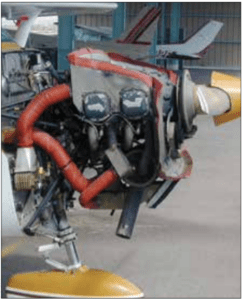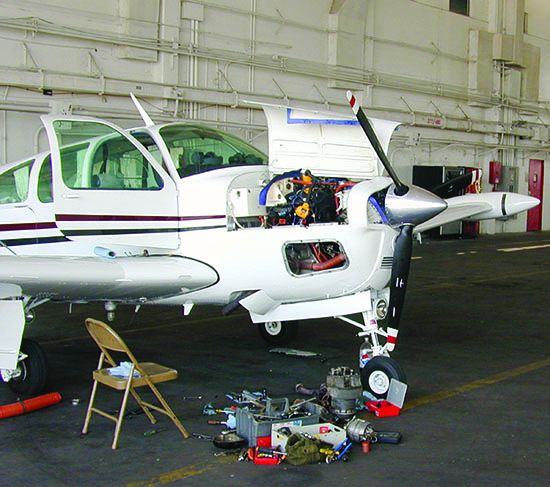At a recent social gathering of non-pilots—yes, I still have something of a life—an inevitable question popped up: “What do you do for a living?” After explaining that I edit this magazine, am a pilot and aircraft owner, etc., another inevitable question popped up: “Are small airplanes safe?” The questioner was a professional who had flown on airliners, even a few turboprops, but never a personal airplane. I suppose the questioner was expecting a yes or no answer. They didn’t get one, however, because safety is a relative thing and I was on my second glass of wine.
My answer went something like this: “If you took out of the accident statistics Alaska Bush flying, aerial application, training, aerobatics and stupid pilot tricks, and concentrated on well-maintained airplanes flown in the en route environment in decent weather by a qualified pilot, absolutely they’re safe.” My answer probably didn’t convince anyone in the room, but it was based on my flying experience and what I’ve seen when editing this magazine.
There are, of course, some caveats in my answer. For example, “well-maintained,” “qualified pilot” and “decent weather” are doing a good bit of work here. That’s because aircraft condition, pilot proficiency and weather judgment are key factors in whether a given flight will be completed as planned. Not coincidentally, these three broad factors form the foundation of any scenario-based training exercise. Of the three, training and qualifications, and any decision to launch into less-than-perfect flying weather are solidly the province of the pilot’s decision-making capabilities. As the saying goes, “Poor decisions often have poor outcomes.”
An aircraft’s mechanical condition is the pilot’s responsibility, also, but we often don’t have all the information necessary to make informed judgments. As highlighted by the events described in this month’s Accident Probe installment, “Maintenance Matters,” beginning on page 24, there are some elements of ensuring airworthiness that simply are out of the pilot’s control, even if the paperwork is complete. In this case, the pilot had reported low oil pressure the day before the accident. The mechanic adjusted the oil pump pressure setting to resolve the squawk, but the NTSB’s probable cause finding cited the “mechanic’s failure to clean the oil suction screen during the most recent maintenance.”

As related by the NTSB, cleaning the engine’s oil suction screen every 50 hours (100 hours if equipped with an oil filter) was a part of the airplane’s recommended maintenance and inspection schedule. But according to the airplane’s maintenance logs, it hadn’t been accomplished in the almost 13 years preceding the accident. From the record, it’s not clear that the owner/operator or the mechanic knew of the recommendation, or even that there was a suction screen that should be cleaned.
Beginning on page 26, this month’s Accident Briefs installment includes 15 accidents. For each issue, we comb through preliminary NTSB reports for the most recent full month and select the ones we think are most relevant to our readers. Sadly, we are never lacking for fresh and interesting material. We typically don’t include rotorcraft or hot-air balloons, and usually aren’t concerned with taildragger groundloops. So selection bias is a major factor in the Accident Briefs we publish.
Of the 15 accidents this month, I arbitrarily assigned them to an accident category: powerplant, mechanical, loss of control and other, when the root cause wasn’t obvious. Loss of control and other scored two accidents apiece. Mechanical issues were apparent in four accidents, leaving seven in the powerplant category. It’s important to keep in mind that engine failures not resulting in damage or serious injury aren’t tracked at all. (Which, when you think about it, also is true for mechanicals, loss of control and other.)
Two observations: First, engine failures happen too frequently. I’m positive many of them are pilot-related and involve fuel management and carburetor ice. But, still. Second, the outcome of a single’s engine failure depends on the distance to a suitable landing area and the pilot’s skill.
Managing this risk requires close attention to the details and nuances of maintenance and inspection requirements, and working with mechanics who don’t overlook manufacturer recommendations. That’s the owner/operator’s responsibility. The rest of it is on the pilot, who often is the owner/operator, which means ensuring air, fuel and ignition get to the engine. Have enough altitude to reach a suitable landing area. Don’t screw up the landing. Practice for the failure.
— Jeb Burnside




